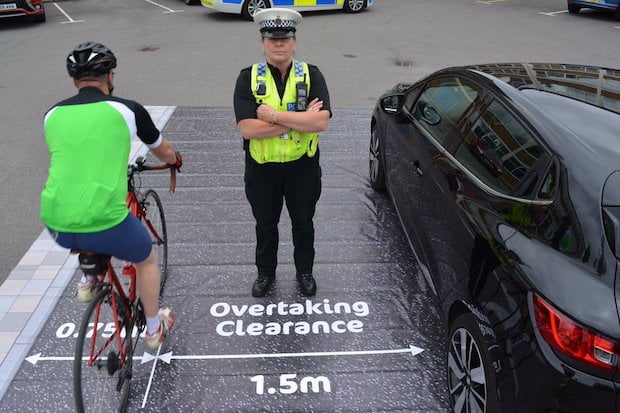If you ride a bike, you likely have a story about a close call with a car. Both common sense and decades’ worth of studies strongly suggest that helmets keep our bucket o’ brains intact in serious impacts.
However, over the last decade, cyclists and the scientists studying them have been debating the veracity of one rumored negative consequence of wearing a helmet: drivers giving riders wearing helmets less room on the road.
A new study shows that motorists drive closer to riders wearing helmets, and give wider berth to those pedaling without head protection.
This finding is just the latest on a complex and contested topic. In the most recent paper, researchers revisited previously published data from a similar driver behavior study published in 2007. Then, another group of researchers rebutted that in 2013. And now, the original findings are being reaffirmed.
Nowadays the world is divided into countries with mandatory helmet laws, such as Finland, Argentina, New Zealand, the Republic of South Africa, Australia, and a few Canadian provinces, and the rest of the planet where only kids are required to wear helmet, if anyone at all. One must ask: Is introducing mandatory helmet laws for all cyclists the right way to go or not?
The new research re-affirms that wearing a helmet was indeed associated with more “close” passes when you take into consideration that in some places, the law dictates more than one meter of room.
“If the sight of a helmet encourages motorists to encroach up to, say, the one-meter point and no closer, this would still be a serious problem if such close passes discouraged people from bicycling,” British psychologist Ian Walker concluded.
“The number of premature deaths from physical inactivity outweighs the number of deaths from bicycling collisions by several orders of magnitude.”














